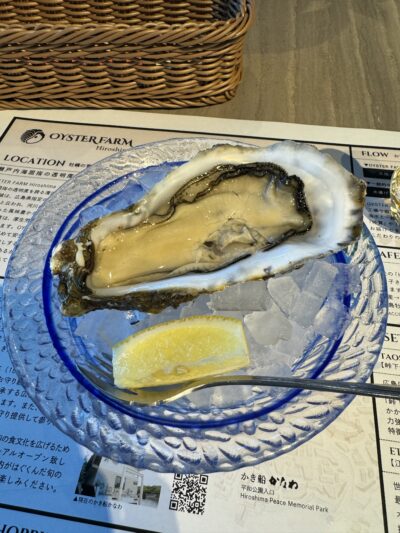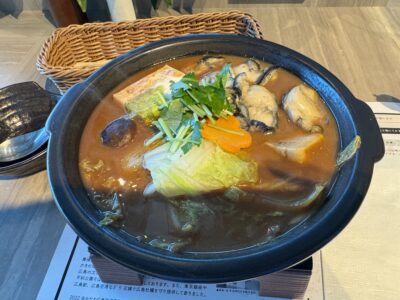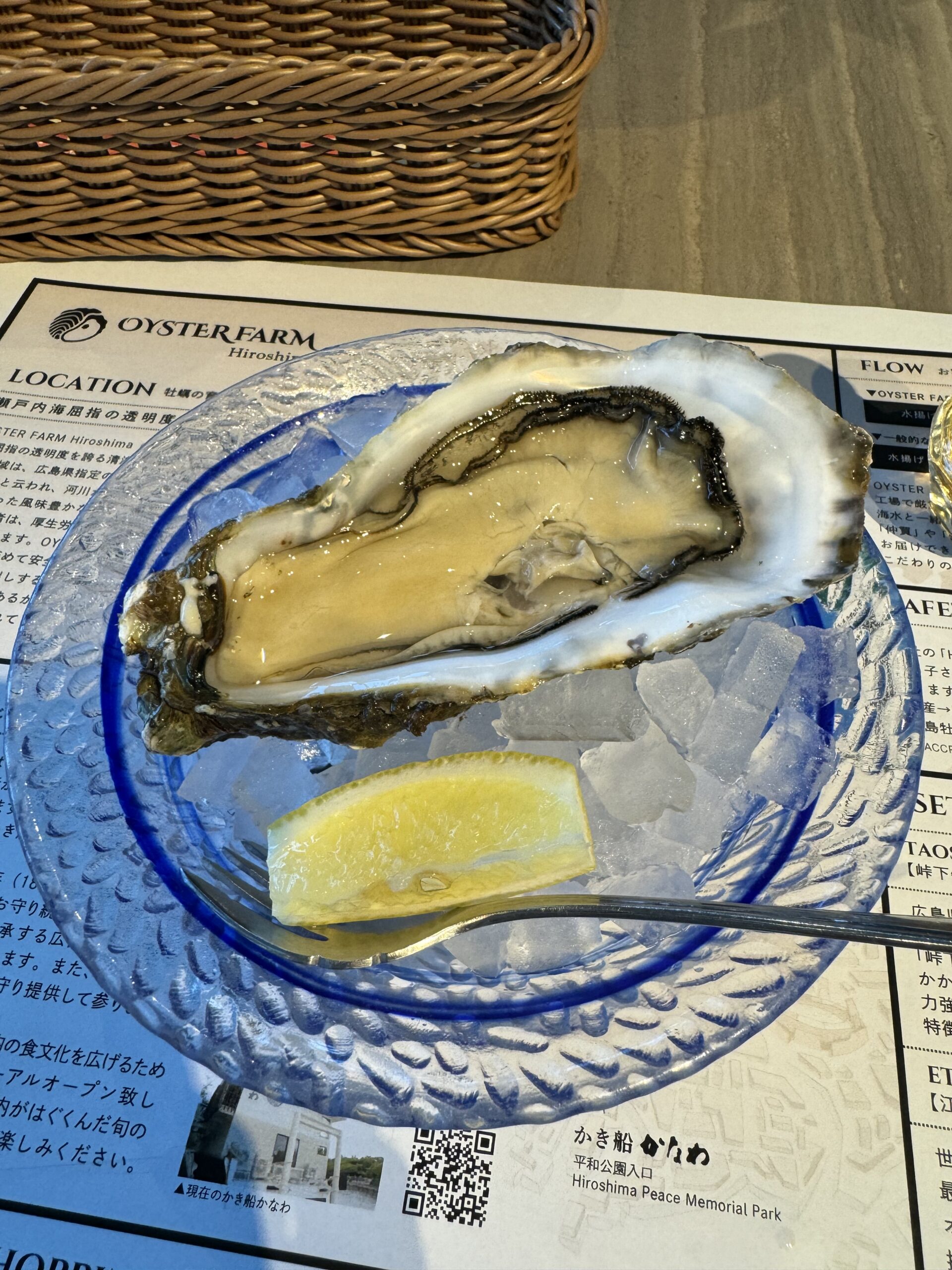The Art and Culture of Oyster Iwagaki: Japan’s Luxurious Bivalve
Japan is world-renowned for its rich culinary traditions, from sushi to ramen, but one delicacy that often flies under the radar is the Iwagaki oyster. Unlike the more commonly known kaki oysters, which are cultivated year-round, Iwagaki oysters are a rare seasonal treat with a distinct flavor and texture. In this blog, we’ll explore the world of Iwagaki oysters, their unique qualities, their place in Japanese culture, and how they’re enjoyed.
What Are Iwagaki Oysters?
Iwagaki oysters, also known as rock oysters, are a large, wild variety of oyster that grows naturally along Japan’s rugged coastlines, particularly in the colder waters of the Sea of Japan and the Pacific Ocean. They thrive on rocky surfaces—hence the name “Iwagaki,” which translates to “rock oyster” in Japanese. These oysters are typically harvested during the summer months, from June to August, making them a rare and sought-after seasonal delicacy.
One of the most striking features of Iwagaki oysters is their size. They are significantly larger than their more common counterparts, with shells that can measure up to 20 cm in length. The oysters themselves are plump, creamy, and have a rich, briny flavor that’s less metallic and more umami-forward than other oysters. This makes them a favorite among oyster aficionados who appreciate their deep, complex taste.

oyster
The Cultural Significance of Iwagaki Oysters
In Japan, the arrival of Iwagaki oysters signals the beginning of summer. They are celebrated as a seasonal luxury, often enjoyed at festivals and special occasions. In coastal regions where these oysters are harvested, such as Ishikawa, Niigata, and Shimane Prefectures, local communities take great pride in their Iwagaki oysters, with some towns hosting oyster festivals to mark the harvest season.
Historically, Iwagaki oysters have been considered a delicacy worthy of royalty and the upper class. During the Edo period, they were sometimes presented as gifts to shoguns and daimyo lords. Today, they continue to be a symbol of high quality and are often served in upscale restaurants and ryokan (traditional Japanese inns), where they are appreciated for their unique flavor and texture.
Harvesting and Sustainability
Iwagaki oysters are harvested by hand, a practice that has remained largely unchanged for centuries. Divers and fishermen collect the oysters from the rocky coastal areas where they grow naturally, carefully selecting only the mature specimens. This labor-intensive process, combined with the oysters’ limited season, contributes to their exclusivity and higher price.
Sustainability is a key concern in the harvesting of Iwagaki oysters. Because they grow in the wild and take several years to reach maturity, it’s crucial that they are harvested responsibly to ensure the population remains healthy for future generations. Some regions have implemented quotas and designated no-harvest areas to protect the oyster beds and maintain the ecological balance of the coastal environments where Iwagaki oysters thrive.
How to Enjoy Iwagaki Oysters
Due to their rich flavor, Iwagaki oysters are best enjoyed with minimal seasoning to allow their natural taste to shine. In Japan, they are often served raw with a simple squeeze of lemon or a dash of ponzu sauce. Their large size and creamy texture also make them ideal for grilling, which brings out their sweetness while adding a hint of smokiness.

Another popular way to enjoy Iwagaki oysters is kaki furai, or fried oysters. The oysters are lightly breaded and fried until golden brown, creating a crunchy exterior that contrasts beautifully with the soft, creamy interior. This dish is often served with a side of tartar sauce or a wedge of lemon to enhance the oysters’ natural flavors.

For those looking to experience Iwagaki oysters at their freshest, visiting a local seafood market or a restaurant in one of Japan’s coastal regions during the summer months is a must. Many establishments offer Iwagaki oysters directly from the sea, providing a truly authentic and unforgettable culinary experience.
Conclusion
Iwagaki oysters are more than just a seasonal delicacy—they are a testament to Japan’s deep connection to the sea and its rich culinary heritage. With their unique flavor, cultural significance, and sustainable harvesting practices, Iwagaki oysters offer a taste of Japan that is as luxurious as it is fleeting. Whether you’re an oyster connoisseur or simply looking to try something new, the Iwagaki oyster is a culinary experience not to be missed.



コメント